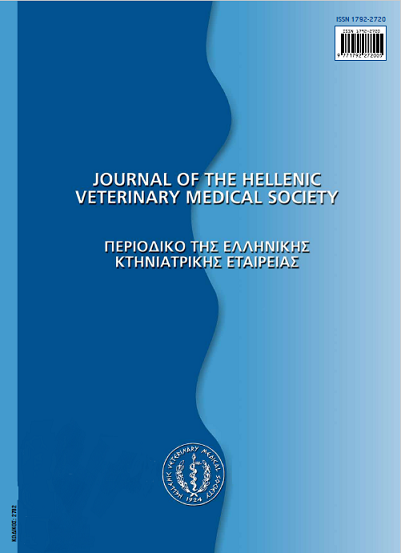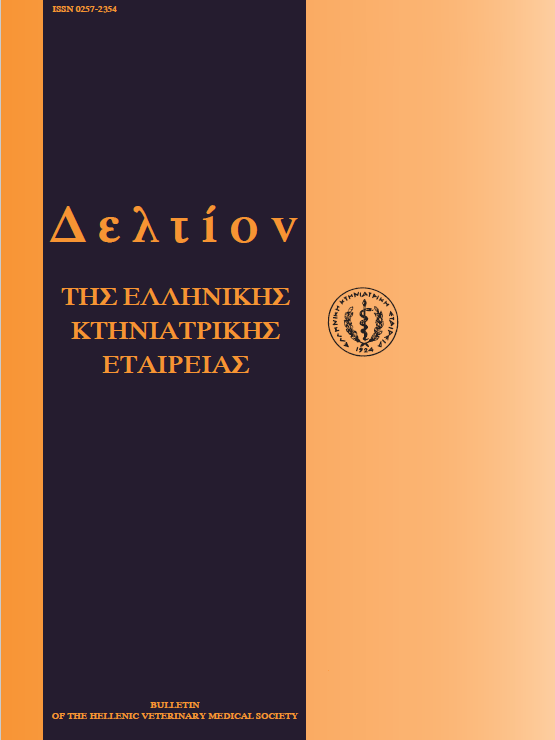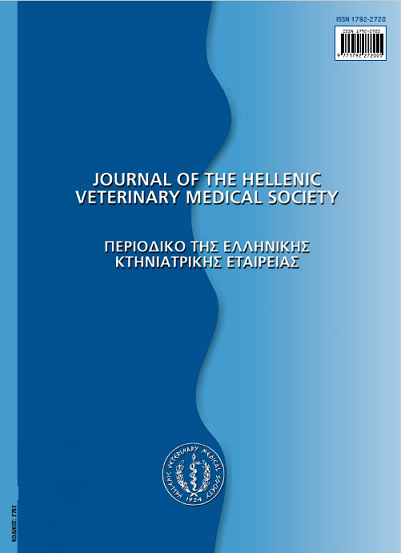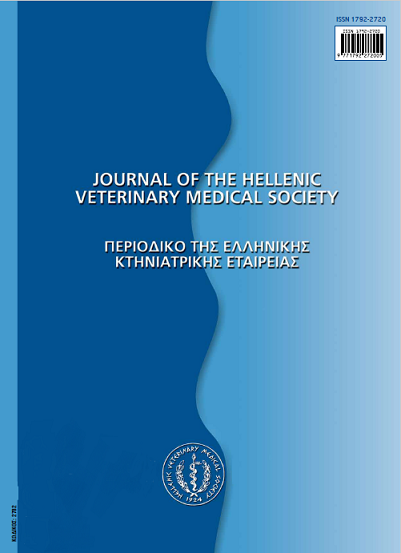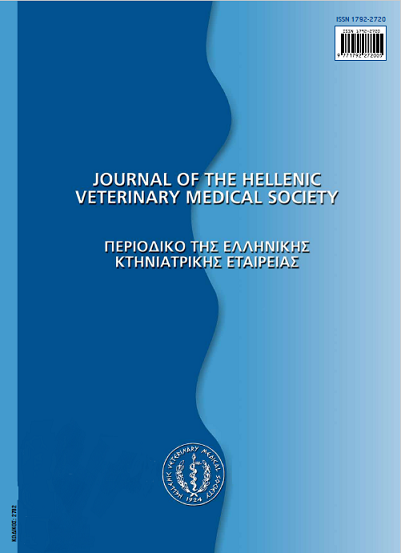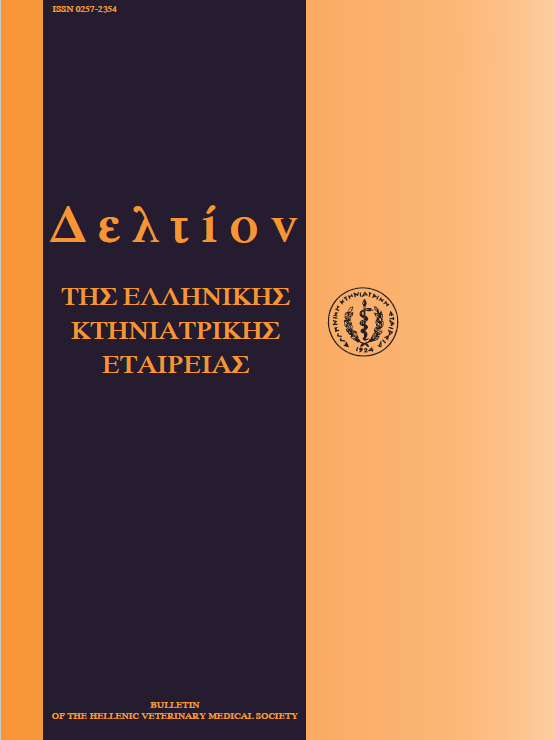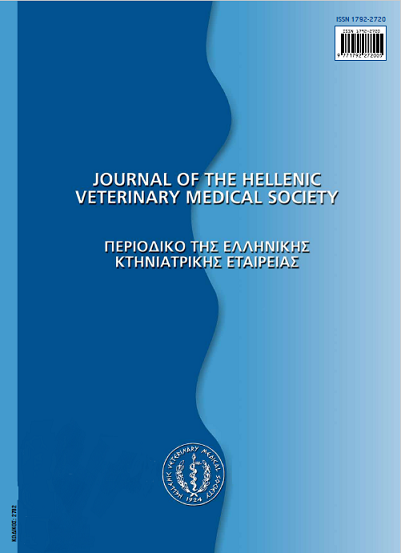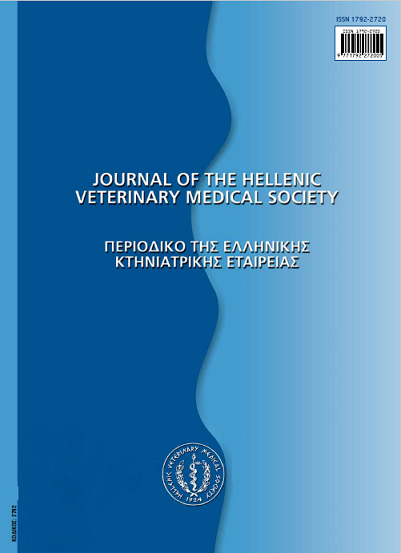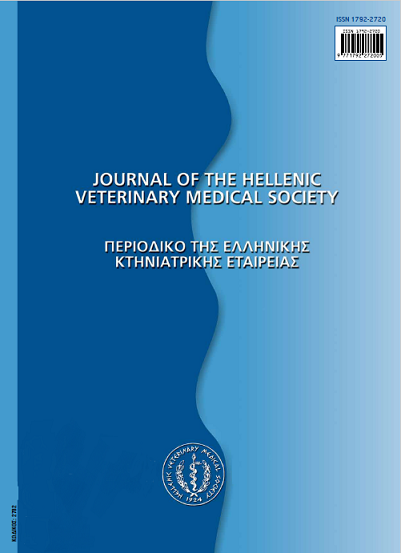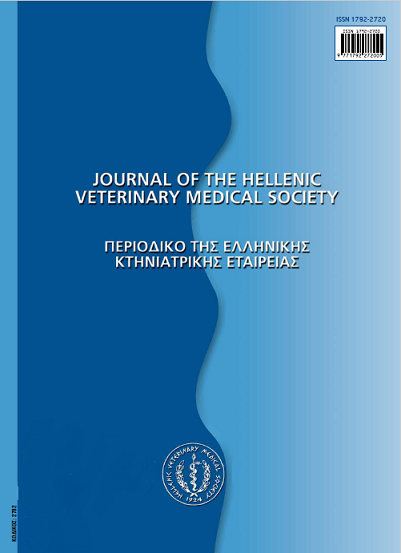Evaluation of the best vaccination regimen against Gumboro disease, based on the histopathologic lesions of bursa of Fabricius, in broilers
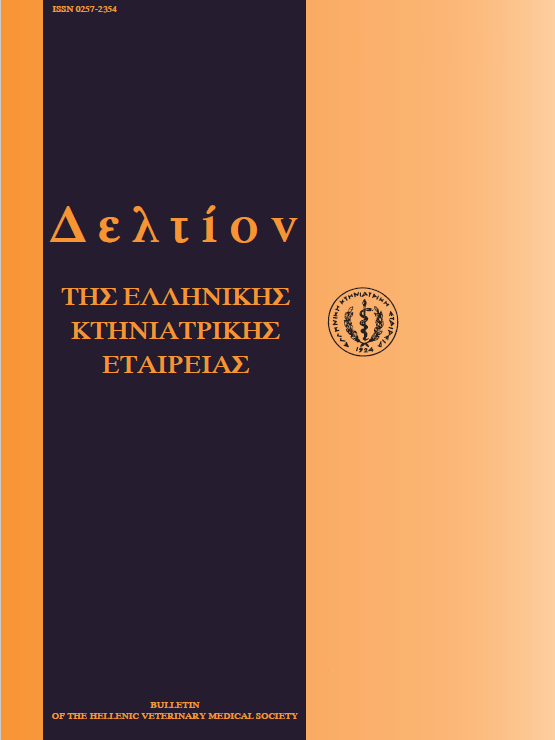
Abstract
For the evaluation of the best vaccination regimen against Gumboro disease using the vaccine strain D-78, based on the histopathologic lesions of bursa of Fabricius, 5 groups of experimental animals (A, B, C, D, E) of 15 chicks each were used. The chicks of group Β received the D-78 vaccine strain with the drinking water at the age of 14 days, those of C at the age of 8 and 11 days, and those of D at the age of 8 and 16 days, while the chicks of the other groups (A and E) remained unvaccinated. In the following, the chicks of the A, B, C and D groups were infected with a field strain of Gumboro disease virus, while those of E remained unvaccinated and uninfected as a control group. After 10 days, all chicks were killed and their bursae examined histological. It was established that the histopathologic lesions to the bursae of group C chicks were of a slighter degree than those of all the other challenged groups and therefore the protection to bursa of Fabricius against the disease is better with this vaccination regimen.
Article Details
- How to Cite
-
BOUYIOUKLIS (Π. ΜΠΟΥΓΙΟΥΚΛΗΣ) B., LEKKAS (Σ. ΛΕΚΚΑΣ) S., GEORGOPOULOU (Ι. ΓΕΩΡΓΟΠΟΥΛΟΥ) I., & IORDANIDIS (Π. ΙΟΡΔΑΝΙΔΗΣ) P. (2018). Evaluation of the best vaccination regimen against Gumboro disease, based on the histopathologic lesions of bursa of Fabricius, in broilers. Journal of the Hellenic Veterinary Medical Society, 52(2), 135–139. https://doi.org/10.12681/jhvms.15417
- Issue
- Vol. 52 No. 2 (2001)
- Section
- Research Articles

This work is licensed under a Creative Commons Attribution-NonCommercial 4.0 International License.
Authors who publish with this journal agree to the following terms:
· Authors retain copyright and grant the journal right of first publication with the work simultaneously licensed under a Creative Commons Attribution Non-Commercial License that allows others to share the work with an acknowledgement of the work's authorship and initial publication in this journal.
· Authors are able to enter into separate, additional contractual arrangements for the non-exclusive distribution of the journal's published version of the work (e.g. post it to an institutional repository or publish it in a book), with an acknowledgement of its initial publication in this journal.
· Authors are permitted and encouraged to post their work online (preferably in institutional repositories or on their website) prior to and during the submission process, as it can lead to productive exchanges, as well as earlier and greater citation of published work.



